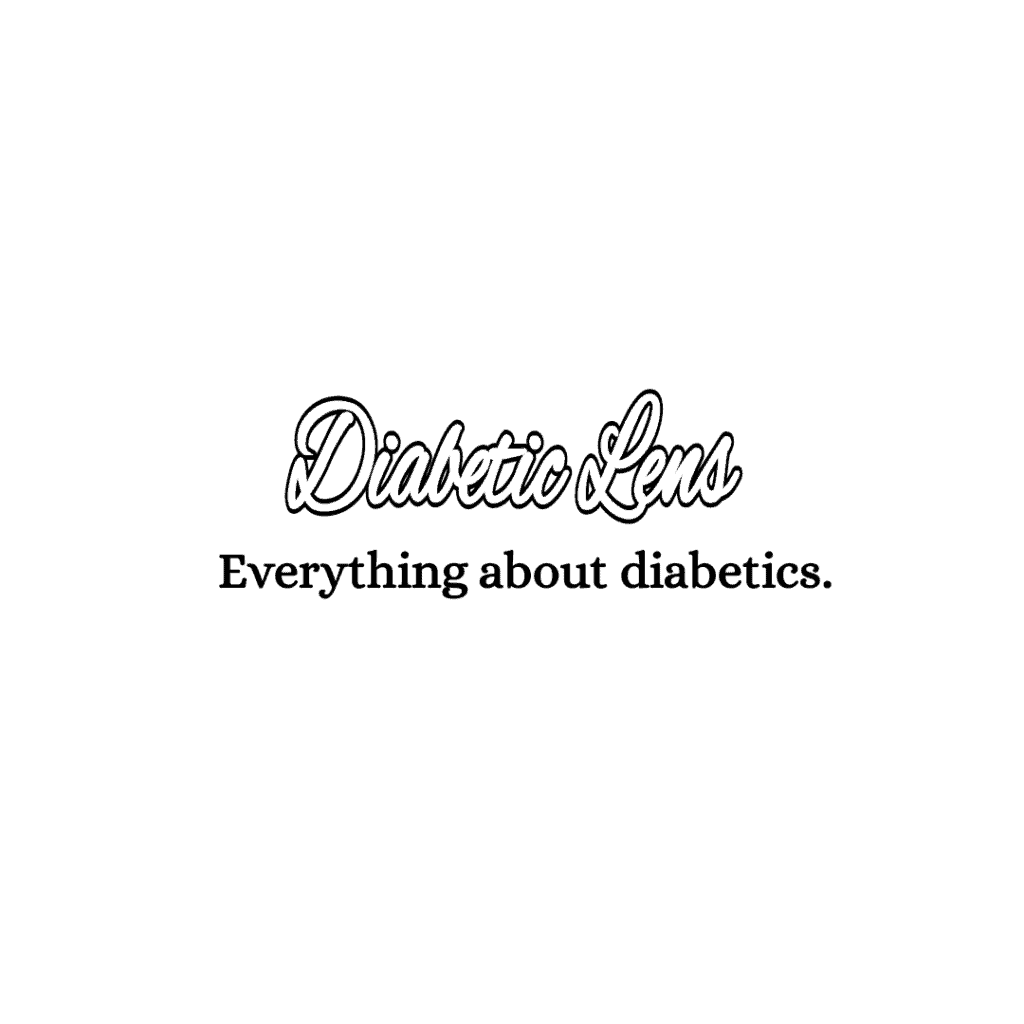Table of Contents
Is Pancit Bihon Good For Diabetics?
You can’t have a proper Filipino celebration without pancit, whether it’s bihon, canton, or malabon. Pancit is not just a staple; it’s a beloved tradition for birthdays, gatherings, and everyday meals. While the Chinese introduced noodles to the Philippines, they have become an essential part of Filipino cuisine, with over 30 noodle-based dishes.
Among these, pancit bihon stands out for its unique flavor and texture, but for diabetics, the question arises: is pancit bihon a safe dish to enjoy?
This article explores everything you need to know about pancit bihon for diabetics, including its nutritional content, potential risks, and tips for making it more diabetes-friendly.
Get your favorite Diabetics Cookbook here.
What is Pancit Bihon?
Pancit bihon is a classic Filipino stir-fried noodle dish known for its layers of flavors and textures. The dish features silky rice noodles, crisp vegetables, and proteins such as shrimp, pork, chicken, or eggs. The noodles absorb the flavors of the dish, creating a delightful taste experience.
Bihon noodles are primarily made from rice, though some varieties include a mix of corn, wheat, or rice. When uncooked, the noodles have a semi-transparent, stiff texture, but they become soft and translucent when cooked, resembling glass noodles.
Is Pancit Bihon Healthy?
Pancit bihon is a nutritious dish, offering a mix of proteins, fiber, vitamins, and minerals. Here’s a breakdown:
- Protein: Pancit bihon is rich in protein from ingredients like chicken, shrimp, or eggs, which are essential for muscle repair and overall well-being.
- Fiber: The vegetables—carrots, green beans, cabbage, and others—contribute significant amounts of fiber, aiding digestion and helping regulate blood sugar.
- Vitamins and Minerals: Ingredients such as bell peppers, garlic, and onions provide vitamins A, B, and C, as well as minerals like calcium, potassium, and iron.
- Sodium: The dish can be high in sodium due to the use of soy sauce and broth, potentially making it less heart-healthy if consumed frequently or in large portions.
Is Pancit Bihon Good for Diabetics?
Yes, pancit bihon can be enjoyed by diabetics with some mindful adjustments. Here’s why:
- Balanced Macronutrients: Pancit bihon contains proteins, fats, and fiber, which slow the absorption of glucose into the bloodstream, helping to prevent blood sugar spikes.
- Moderate Glycemic Index: Rice noodles have a glycemic index of around 61, which is considered moderate. Paired with proteins and vegetables, this dish becomes a complex carbohydrate meal.
- Fiber Benefits: The vegetables provide soluble fiber, forming a gel-like substance in the digestive tract that helps regulate blood sugar levels.
However, the sodium content is a concern. Using low-sodium alternatives for soy sauce and chicken broth can mitigate this issue, making the dish safer for regular consumption.
Low-Carb Noodles for Pancit Bihon
For diabetics looking to reduce carb intake further, substituting traditional bihon noodles with low-carb options can be a game-changer. Here are two excellent alternatives:
- Shirataki Noodles: Also known as “miracle noodles,” these are made from konjac tuber and consist mainly of water and fiber. With only 10 calories and 3 grams of carbs per serving, they are an ideal choice, although their slightly shellfish-like taste differs from traditional bihon.
- Kelp Noodles: Derived from brown seaweed, kelp noodles are gluten-free, fat-free, and low in carbs. They provide a more neutral taste and texture, closely mimicking traditional noodles.
Tips for Making Diabetic-Friendly Pancit Bihon
- Boost the Proteins: Add more lean proteins like chicken breast, shrimp, or tofu to help balance the dish’s carbohydrate content.
- Increase Vegetables: Use plenty of non-starchy vegetables such as broccoli, cabbage, carrots, and green beans to enhance the fiber content.
- Use Low-Sodium Alternatives: Replace soy sauce with coconut aminos or a low-sodium soy sauce to reduce the dish’s salt content.
- Control Portions: Stick to a single serving (about 1 cup) to manage carbohydrate intake effectively.
Conclusion: Can Diabetics Eat Pancit Bihon?
Yes, diabetics can enjoy pancit bihon, especially when it’s prepared thoughtfully. Adding plenty of proteins and vegetables while controlling sodium levels and portion sizes makes this dish a flavorful yet balanced meal option. For those following stricter carb guidelines, substituting traditional noodles with low-carb options like shirataki or kelp noodles can further enhance its suitability.
Pancit bihon can be a delicious, diabetes-friendly meal when enjoyed in moderation and tailored to your dietary needs.
